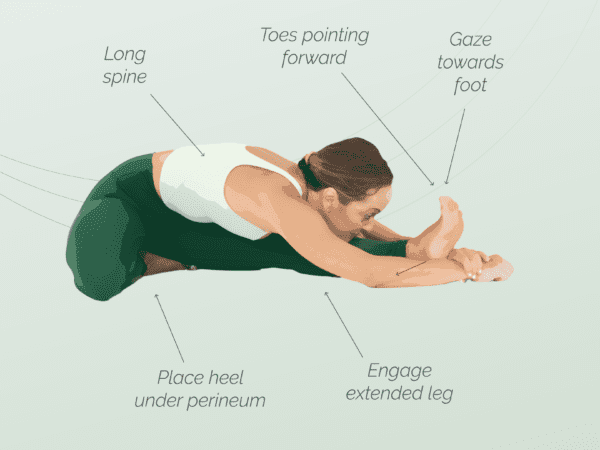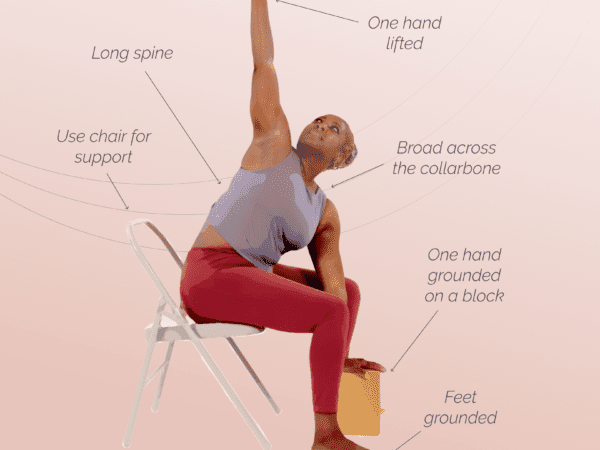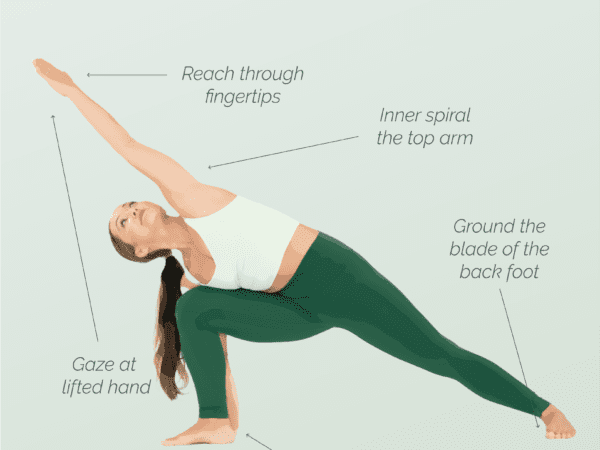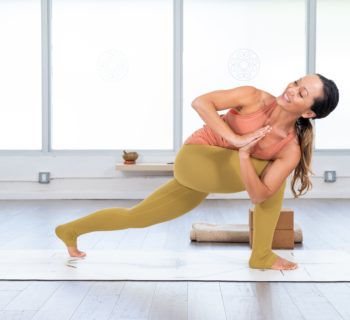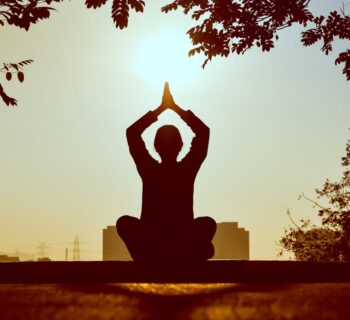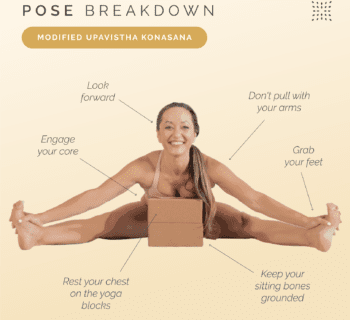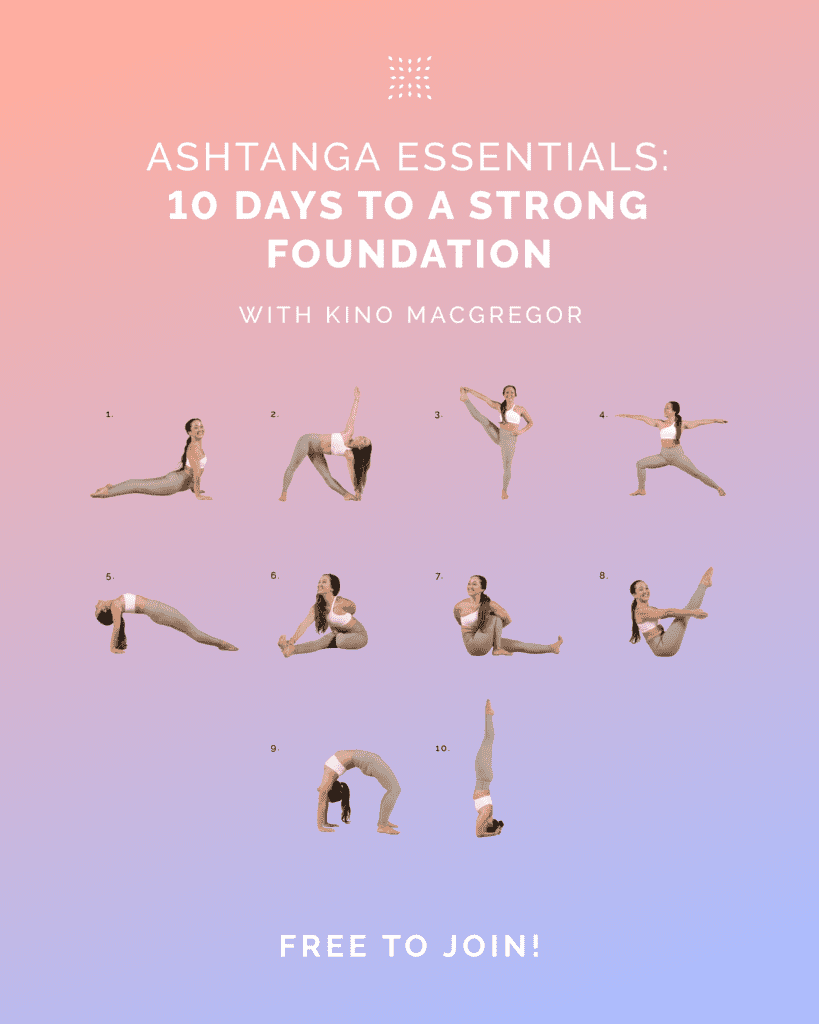Modified plank pose is a versatile and effective yoga posture that can be adapted to suit different levels of strength and flexibility. Whether you’re a beginner or an experienced yogi, this pose offers numerous benefits for your core, arms, and overall body strength. In this blog post, we will guide you through the steps to perform modified plank pose correctly, providing variations and modifications along the way. Get ready to strengthen your body, improve your posture, and enhance your yoga practice with this empowering pose. Let’s dive in and explore the wonders of modified plank pose!
Benefits of Modified Plank Pose
Modified plank pose, also known as knee plank or half Plank, offers a range of benefits for both the body and mind. Here are some of the key advantages of practicing this pose:
Core Strength: Modified plank pose engages and strengthens the muscles of your core, including the abdominals, obliques, and lower back. By holding this pose, you can develop a strong and stable core, which is essential for maintaining proper posture and supporting your spine.
Arm and Shoulder Strength: This pose targets the muscles in your arms, particularly the triceps and deltoids. Regular practice of Modified Plank Pose can help tone and strengthen these muscles, improving upper body strength and stability.
Improved Posture: By strengthening the core and upper body, modified plank pose can help improve your overall posture. It encourages proper alignment of the spine, reducing the risk of back pain and promoting a more upright and confident posture.
Increased Stability: As you balance on your hands and knees in modified plank pose, you develop greater stability and body awareness. This can enhance your overall balance and coordination, both on and off the yoga mat.
Full Body Activation: Modified plank pose is a full-body exercise that engages multiple muscle groups simultaneously. It activates the muscles in your legs, glutes, and even your chest, providing a comprehensive workout for your entire body.
Core Endurance: Holding Modified Plank Pose for an extended period can help improve your core endurance. As you build strength and stamina in your core muscles, you’ll be able to maintain the pose for longer durations, enhancing your overall physical endurance.
Mental Focus: Like any yoga pose, modified plank pose requires concentration and focus. By directing your attention to your breath and body alignment, you can cultivate a sense of mindfulness and mental clarity during your practice.
Remember, it’s important to listen to your body and modify the pose as needed to suit your individual needs and abilities. With regular practice, Modified Plank Pose can become a valuable addition to your yoga routine, offering a multitude of benefits for your physical and mental well-being.
Contraindications of modified plank pose
While modified plank pose is generally safe for most individuals, there are a few contraindications and precautions to keep in mind. It’s important to consult with a healthcare professional or a qualified yoga instructor if you have any specific concerns or medical conditions. Here are some contraindications to consider:
Wrist or Shoulder Injuries: If you have a wrist or shoulder injury, it’s important to be cautious when practicing modified plank pose. Putting weight on your hands in this pose may exacerbate these injuries. Consider modifying the pose by using props or practicing alternative poses that don’t put as much pressure on the wrists and shoulders.
High Blood Pressure: If you have high blood pressure or any cardiovascular conditions, it’s advisable to avoid holding modified plank pose for an extended period. The exertion involved in this pose can temporarily increase blood pressure. Instead, consider practicing a modified version or consulting with a healthcare professional for guidance.
Pregnancy: Pregnant individuals should approach modified plank pose with caution. As the pregnancy progresses, it may become uncomfortable or unsafe to hold this pose. It’s best to consult with a prenatal yoga instructor or healthcare provider for appropriate modifications or alternative poses that are suitable during pregnancy.
Diastasis Recti: If you have diastasis recti, a condition where the abdominal muscles separate during pregnancy or childbirth, it’s important to avoid poses that put excessive strain on the abdominal area, including modified plank pose. Consult with a healthcare professional or a qualified yoga instructor for modified versions that are safe for your condition.
Recent Abdominal Surgery: If you’ve had recent abdominal surgery, it’s crucial to avoid putting strain on the healing incision site. Modified plank pose may not be suitable during the recovery period. Consult with your healthcare provider for guidance on when it’s safe to resume this pose.
Always listen to your body and modify or skip poses that don’t feel comfortable or cause pain. It’s essential to prioritize your safety and well-being during your yoga practice.
How do you know if you should modify plank pose?
Knowing when to modify your plank pose is essential to ensure a safe and effective practice. Here are some signs that indicate you may need to modify the pose:
Difficulty Maintaining Proper Alignment: If you find it challenging to maintain a straight line from your head to your heels, with your shoulders directly over your wrists, it may be a sign that your core and upper body strength need further development. Consider modifying the pose by dropping your knees to the ground or practicing a forearm plank instead.
Strain or Discomfort in the Wrists or Shoulders: If you experience discomfort or strain in your wrists or shoulders while in plank pose, it’s a signal that these areas may need additional support or strengthening. You can modify the pose by using yoga blocks or practicing on your forearms instead of your hands.
Shaking or Trembling Muscles: If your muscles start to shake or tremble uncontrollably while holding plank pose, it may indicate muscle fatigue or weakness. This is a clear sign that you need to modify the pose and take a break. Lower your knees to the ground or try a shorter hold time until you build more strength.
Difficulty Breathing: If you find it challenging to maintain a steady and relaxed breath while in plank pose, it may be an indication that you’re pushing yourself too hard. Modify the pose by taking shorter holds or practicing a modified version that allows for easier breathing.
Pain or Discomfort in the Lower Back: If you experience pain or discomfort in your lower back while in plank pose, it’s crucial to modify the pose to protect your spine. Drop your knees to the ground or practice a modified version that reduces the strain on your lower back.
Remember, it’s important to listen to your body and honor its limitations. Modifying the pose allows you to adapt it to your current strength and flexibility levels, ensuring a safe and sustainable practice. By modifying Plank Pose when necessary, you can still reap the benefits while avoiding unnecessary strain or injury.
What is alternative plank position?
The alternative plank position, also known as the modified plank or knee plank, offers a variation to the traditional plank exercise. Instead of balancing on your hands and toes, you support your body weight on your knees. This modification allows for a less intense workout while still targeting the core muscles.
By performing the alternative plank position, you can engage your abdominals, lower back muscles, and shoulders. It is a great option for beginners who may not have the necessary strength or stability to execute a full plank. This variation also provides a way to gradually progress to the standard plank as you build up your core strength.
Incorporating the alternative plank into your yoga practice or fitness routine can help you strengthen your core muscles over time. As you become more comfortable with this modification, you can gradually progress to the standard plank by extending your legs and lifting your knees off the ground. Remember to listen to your body and work within your abilities, gradually increasing the intensity as you build strength and stability.
Step by step instructions for modified plank pose
To modify plank pose by keeping your knees on the ground, follow these step-by-step instructions:
Start by coming onto all fours in a tabletop position, with your hands directly under your shoulders and your knees under your hips.
Position your hands shoulder-width apart, spreading your fingers wide for stability. Ensure that your fingers are pointing forward or slightly outward.
Engage your core muscles by drawing your navel toward your spine. This will help stabilize your torso throughout the pose.
Press your palms firmly into the ground, distributing the weight evenly between your hands and knees.
Gaze slightly forward, keeping your neck in line with your spine. Avoid dropping your head or looking up.
\Hold this modified plank pose for as long as feels comfortable for you. Focus on maintaining a steady breath and engaging your core muscles.
To release the pose, gently lower your knees back to the ground, returning to the tabletop position.
Modifying plank pose by keeping your knees on the ground allows you to build strength in your core and upper body while providing additional support and stability. As you continue to practice, you can gradually increase the duration of your holds and work towards the full expression of plank pose.
Are you looking for more guidance on your yoga journey? Sign up for Omstars to get access to thousands of yoga classes in the comfort of your own home. Start your subscription today.



